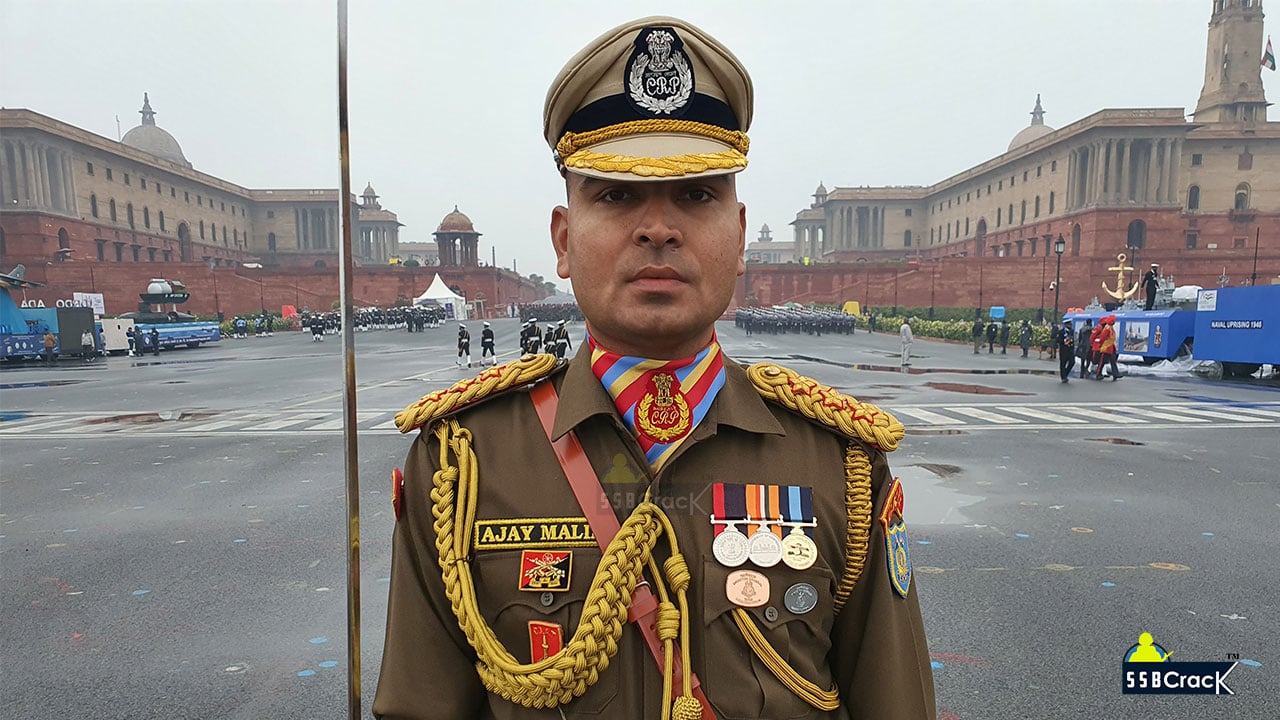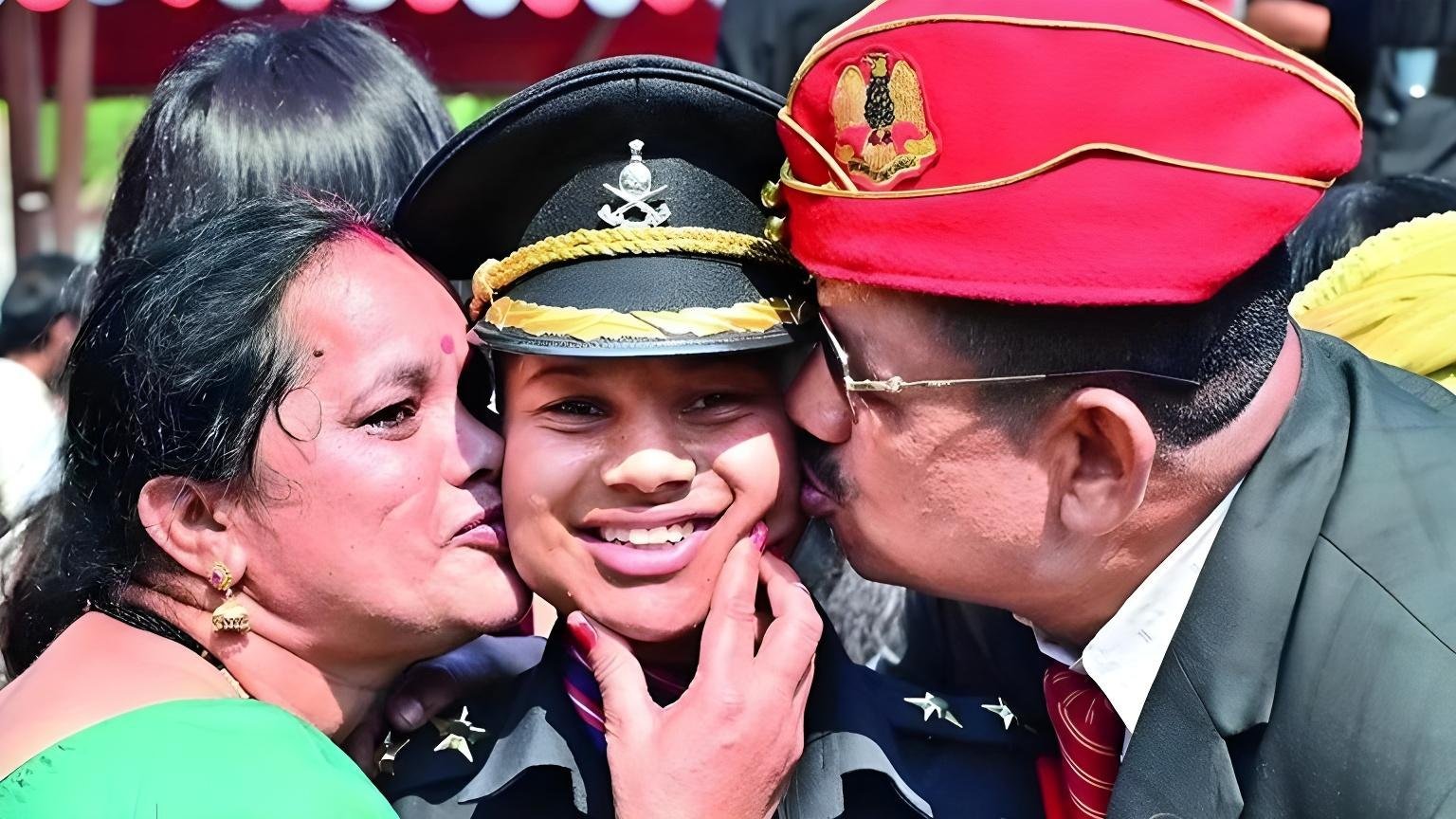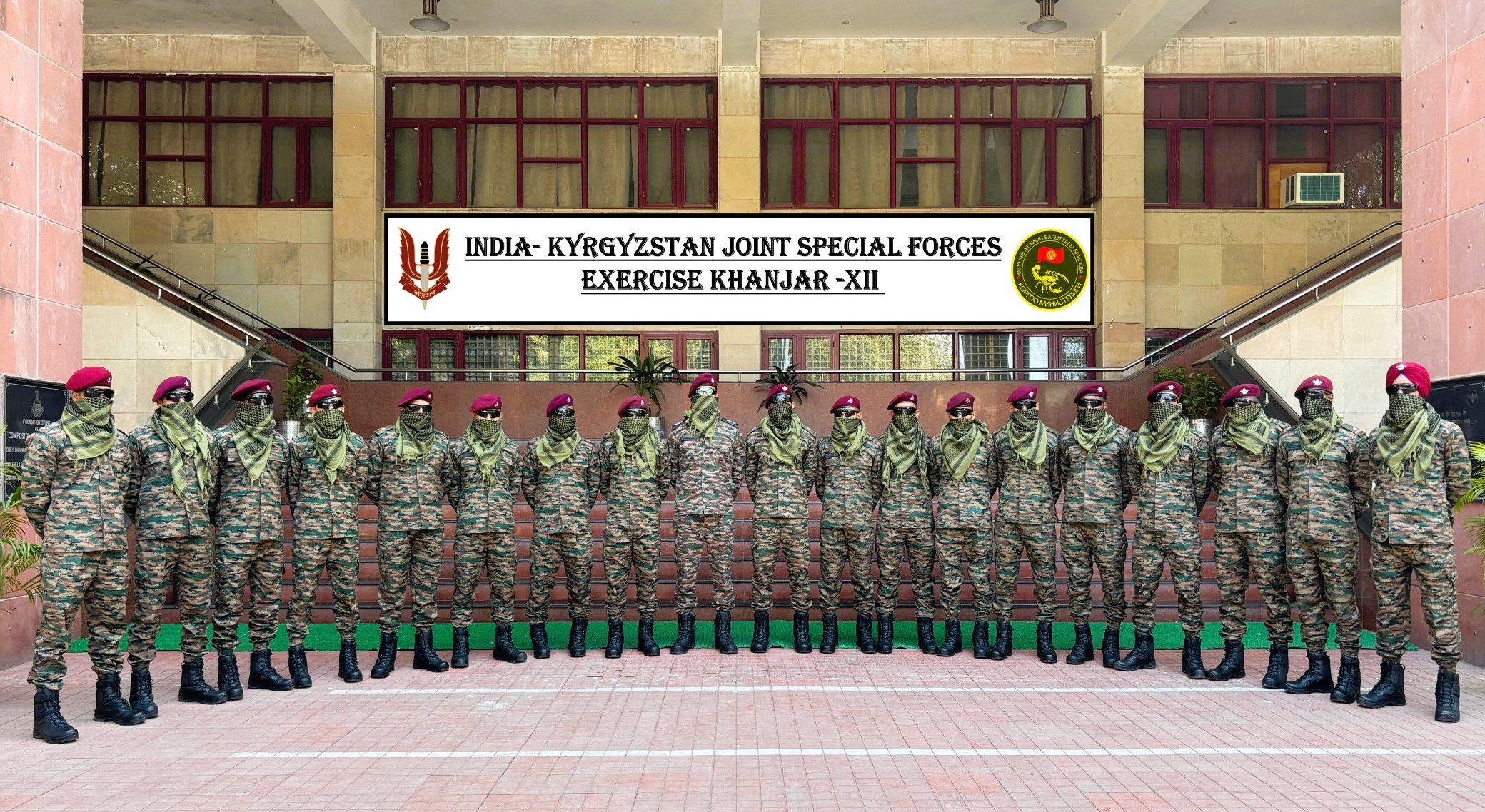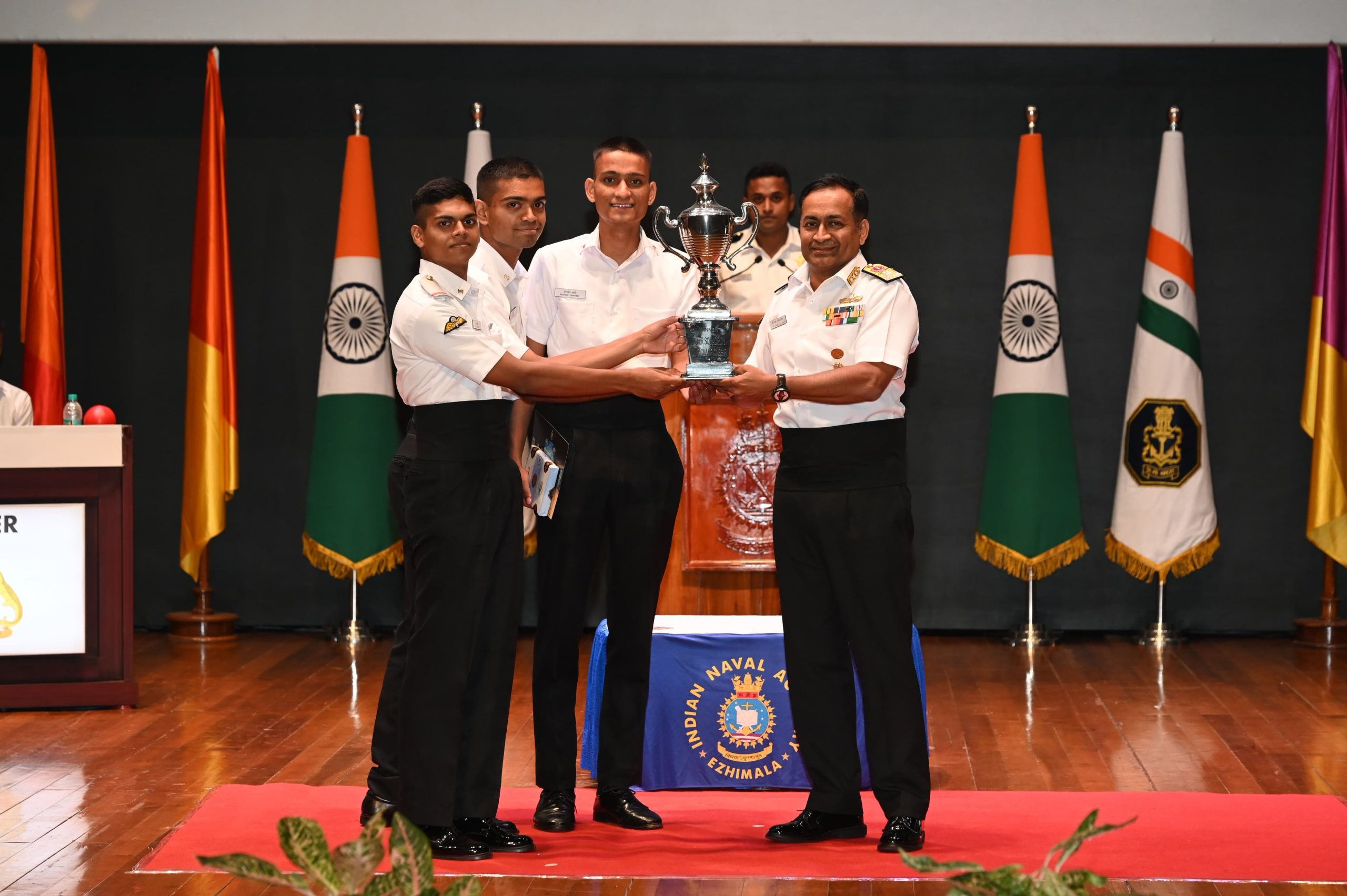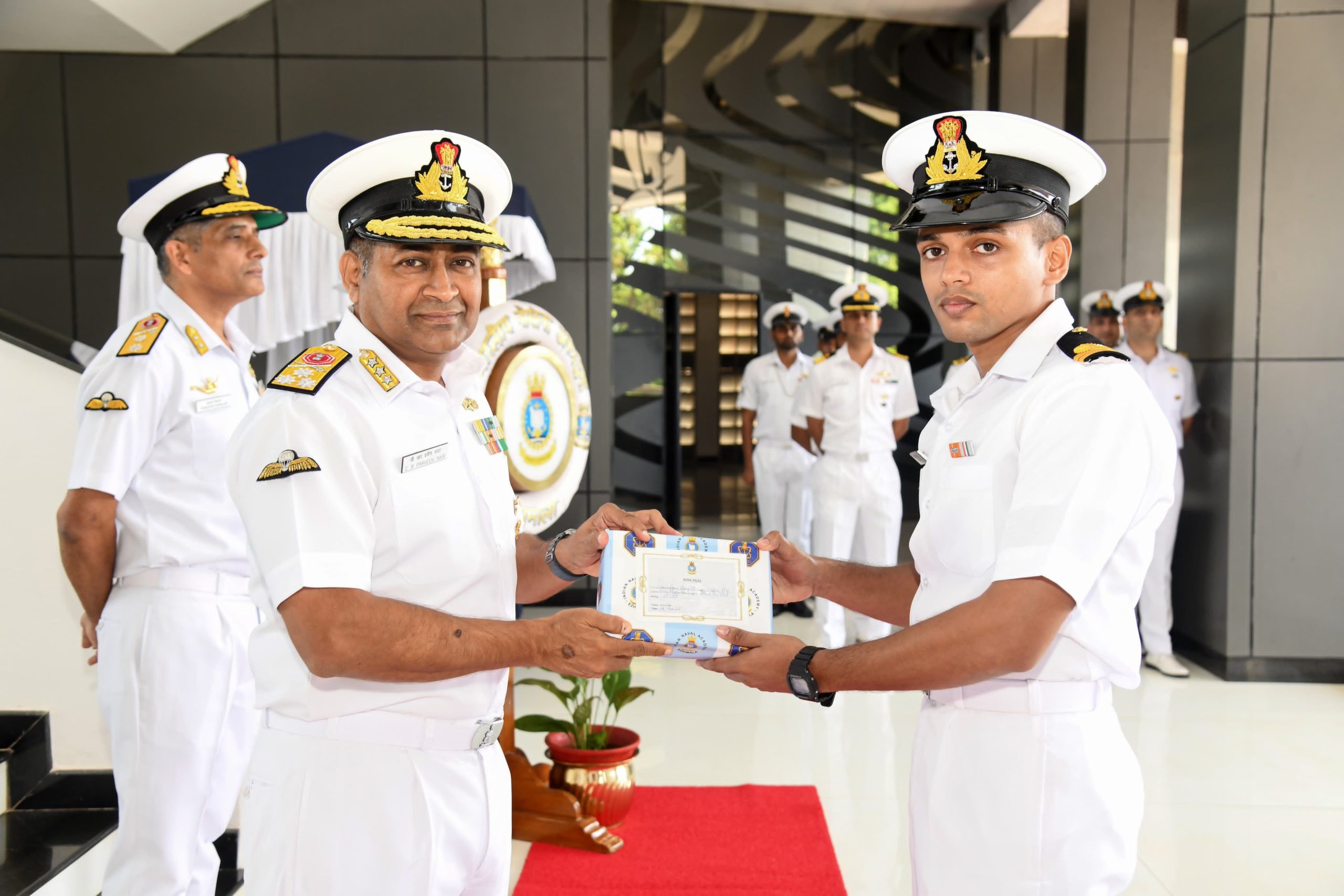UPSC CAPF Assistant Commandant Notification 2025
The Union Public Service Commission (UPSC) has officially released the UPSC CAPF AC 2025 Notification on March 5, 2025. The…
Meet Lieutenant Soni Bisht, Lost Husband A Month After Marriage, Becomes an Army Officer
In the realm of military service, stories of courage and determination often emerge, inspiring generations. One such remarkable tale is…
Exercise Khanjar-XII 2025: Indian Army Special Forces Depart for Kyrgyzstan for Joint Military Drills
The Indian Army’s Special Forces contingent has set forth for Kyrgyzstan to participate in Exercise Khanjar-XII 2025, the 12th edition…
Lt Gen VMB Krishnan Visits Jaipur Military Station
Lieutenant General VMB Krishnan, Quarter Master General (QMG) of the Indian Army, undertook a two-day visit to Jaipur Military Station…
Eagle Squadron Wins Inter-Squadron Quiz Competition at Indian Naval Academy
The Indian Naval Academy (INA) witnessed a thrilling display of intellectual excellence and competitive spirit as cadets engaged in the…
12 Medical Officers Graduate from SNOC at Indian Naval Academy
The Indian Naval Academy (INA) marked another milestone in shaping future naval leadership as twelve Medical Officers successfully completed the…

